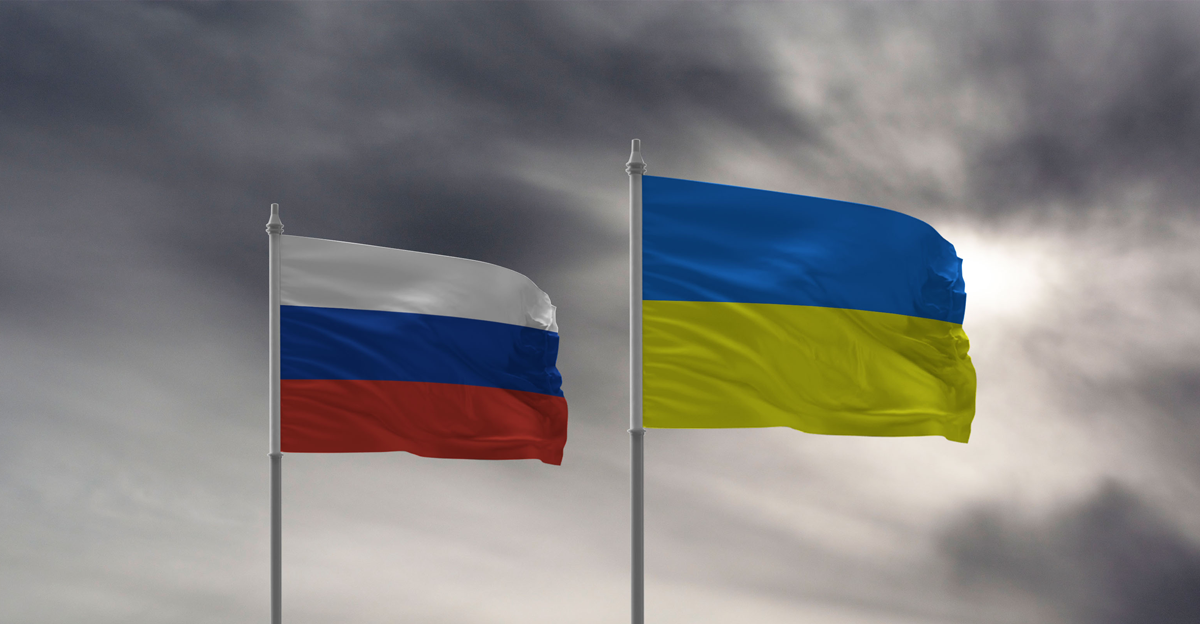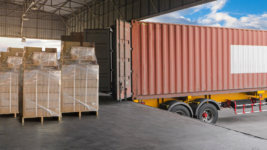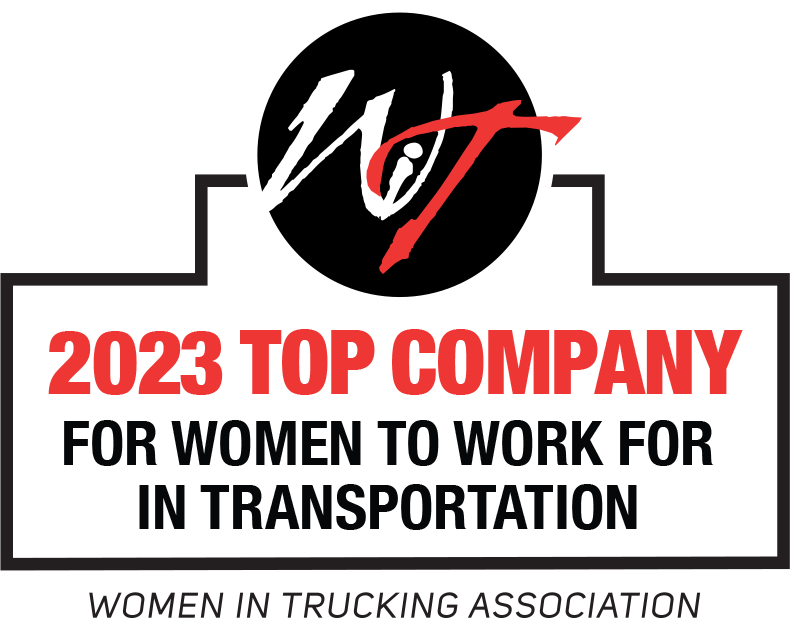If Hollywood made supply chain disaster movies, it wouldn’t have to look far for inspiration.
Over the past two years, our industry has been rocked by an epic series of catastrophes that have ranged from a relentless pandemic to the busiest hurricane season on record.
The most recent of these calamities was, of course, Russia’s invasion of Ukraine, which has already begun impacting everything from regional freight flows to national fuel prices – and paved the way for a ripple effect of shortages, disruptions and inflationary pricing that will likely be felt by shippers across the globe.
We recently sat down with AFS President of Transportation Management Andy Dyer to learn more.
Even before the first shots in this conflict were fired, the news cycle was full of grim predictions about what it would mean for global supply chains. And many of these predictions have proven to be painstakingly accurate. Does this surprise you?
Not at all. There were some supply chain impacts that even a non-industry professional could see coming.
The first was that Ukraine’s ability to export was going to be impaired. The second was that there would be massive economic sanctions on Russian exports, including the one that almost all supply chains rely on: fuel. Shippers of all sizes have already begun to feel the pain, because Russia is the world’s third-largest oil producer.
From day one, it was also obvious that shippers needed to keep a close eye on the big unknown of what China might do, because that’s where numerous companies have extensive sourcing ties.
What if China stays out of things? Does that mean that aside from escalating fuel prices, the effects of this invasion could be minor for companies except those that have been sourcing directly from Russia or Ukraine?
Unfortunately not.
Ukraine and Russia are part of several Silk Road rail-freight corridors that have allowed companies that are sourcing from China to either transport goods from there to their ultimate destination via land rather than sea or to other Asian ports for faster outbound ocean shipping. As a result of the attacks, many of these corridors (and the international shipping agility they offered) are now either blocked or unviable.
It’s also essential to point out that many companies probably have bigger supply chain ties with Russia or Ukraine than they realize. They can’t assume they’re in the clear just because they don’t have a direct supplier or factory in either country.
Really? Because when you look how many U.S. companies have tier one suppliers in Russia (2,100) or Ukraine (450) the numbers don’t seem too compelling.
If you were to calculate the potential impact based on those numbers alone, it might not be statistically significant. But you can’t.
In order to get a real bead on what lies ahead, you also have to factor in where U.S. companies’ suppliers are sourcing from – and where their suppliers’ suppliers are sourcing from. According to data from Interos, 15,100 U.S. companies have tier two suppliers in Ukraine, and more than 190,000 have tier three suppliers in Ukraine or Russia.
This significantly bumps up the possibility of a manufacturing or supply chain disruption for many U.S. companies due to these attacks. So does the fact that Russia and Ukraine are major producers of several essential raw materials or components that play a critical role in many industries’ production processes. (For more about this, check out this month’s Stat’s Incredible feature.)
It’s another example of just how interdependent many businesses’ operations have become – and why we’re always telling our clients that they can’t just aim to have full visibility of their own supply chains; they also have to work toward having great visibility of their suppliers’ supply chains.
We’d like to circle back to something we briefly touched on earlier, namely that this conflict also has repercussions for companies that are sourcing from China.
Over the past twenty years, a lot of U.S. manufacturing has shifted to China and other Asian countries because of the lower labor cost these countries offer. The upside is this has saved them a considerable amount of money. The downside is that U.S. businesses have made their supply chains more vulnerable to any disasters that occur in that area of the world – and more susceptible to subsequent disruptions like the ones caused by these recent attacks on Ukraine and the closures or lockdowns related to new COVID-19 outbreaks.
How will this impact companies’ Asia sourcing and manufacturing strategies going forward?
We anticipate an acceleration of two trends that have been intensifying for several years – reshoring and geographic diversification.
The attacks in Ukraine will inspire an even faster reset of global trade lines, with more companies looking to move a portion of their manufacturing and sourcing back to the United States or to other continents like South America so that more of their supply chain risk is spread across multiple regions.
What are some other possible supply chain impacts?
Expect more companies to increase their use of safety stock. Although it’s great to have ultra-lean inventories, companies have learned the hard way that it’s definitely possible to get too lean.
In a similar vein, look for shippers to pursue more diversification across all levels of their supply chain – from increasing the number and varying the locations of suppliers they work with, to adding to the stable of trucking companies and shipping lines they use. Because having more good choices is a key component of minimizing supply chain risk.
There are a lot supply chain impacts of this crisis that we haven’t even begun to scratch the surface of like inflation and more specifics about fuel.
Unfortunately, we’ll probably have plenty of opportunity to discuss them in the future. Even if this conflict turns out to be brief – as all of us hope and pray it will be – our industry will still have to figure out how to address these challenges. If the last couple of years have taught us anything it’s that companies need to be working as hard to get their supply chains ready for the next big thing as they’re working to get through the latest big thing.
In other words, Murphy’s Law has been officially ratified.









